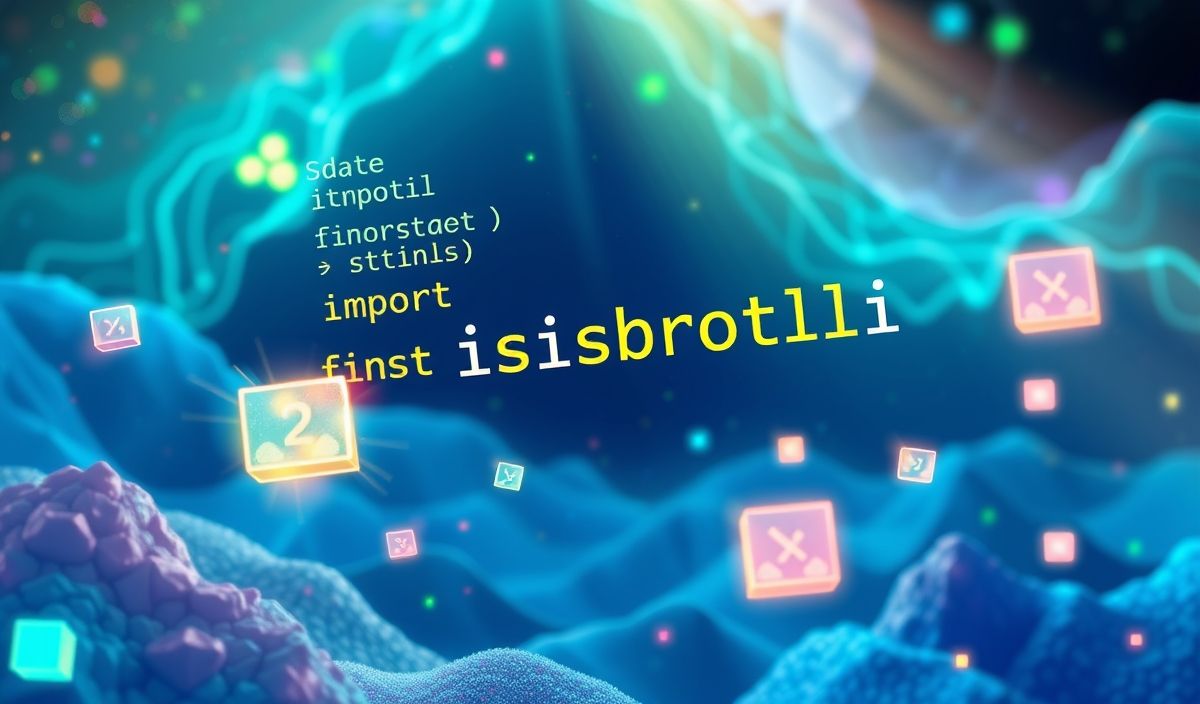Introduction to map-stream
The map-stream module is a powerful tool for handling and transforming streams in Node.js. It simplifies the process of creating, consuming, and processing streams of data. This library offers dozens of useful APIs to make stream manipulation easy and efficient.
Getting Started with map-stream
First, you need to install the map-stream package:
npm install map-stream
Basic Transformation
The primary function of map-stream is to transform data passing through the stream. Here is a basic example:
const map = require('map-stream');
const through = require('through');
const transform = map((data, callback) => {
callback(null, data.toString().toUpperCase());
});
process.stdin.pipe(transform).pipe(process.stdout);
Error Handling in Streams
map-stream allows you to handle errors gracefully within streams. Here is how you can manage errors:
const faultyTransform = map((data, callback) => {
if (data.toString() === 'error') {
callback(new Error('An error has occurred!'));
} else {
callback(null, data);
}
});
process.stdin.pipe(faultyTransform).pipe(process.stdout);
Filtering Data
You can also use map-stream to filter data within a stream. This example discards lines that do not contain the word “Node”:
const filterStream = map((data, callback) => {
if (data.toString().includes('Node')) {
callback(null, data);
} else {
callback(null, null);
}
});
process.stdin.pipe(filterStream).pipe(process.stdout);
Combining Multiple Transformations
Combine multiple transformations using through and map-stream:
const map = require('map-stream');
const through = require('through');
const upperCase = map((data, callback) => {
callback(null, data.toString().toUpperCase());
});
const addExclamation = map((data, callback) => {
callback(null, data.toString() + '!');
});
process.stdin.pipe(upperCase).pipe(addExclamation).pipe(process.stdout);
Example Application
Here’s an example application that uses multiple map-stream transformations to process and log data:
const map = require('map-stream');
const fs = require('fs');
const readStream = fs.createReadStream('input.txt');
const writeStream = fs.createWriteStream('output.txt');
const upperCase = map((data, callback) => {
callback(null, data.toString().toUpperCase());
});
const addExclamation = map((data, callback) => {
callback(null, data.toString() + '!');
});
const logData = map((data, callback) => {
console.log(data.toString());
callback(null, data);
});
readStream
.pipe(upperCase)
.pipe(addExclamation)
.pipe(logData)
.pipe(writeStream);
With these examples and explanations, you should have a solid understanding of how to use map-stream to handle and manipulate streams in Node.js. Feel free to experiment and adapt these examples to your own use cases.
Hash: bf078c52f2d0d231368e566b40222473347240c12f35495effbc60878242b95f




